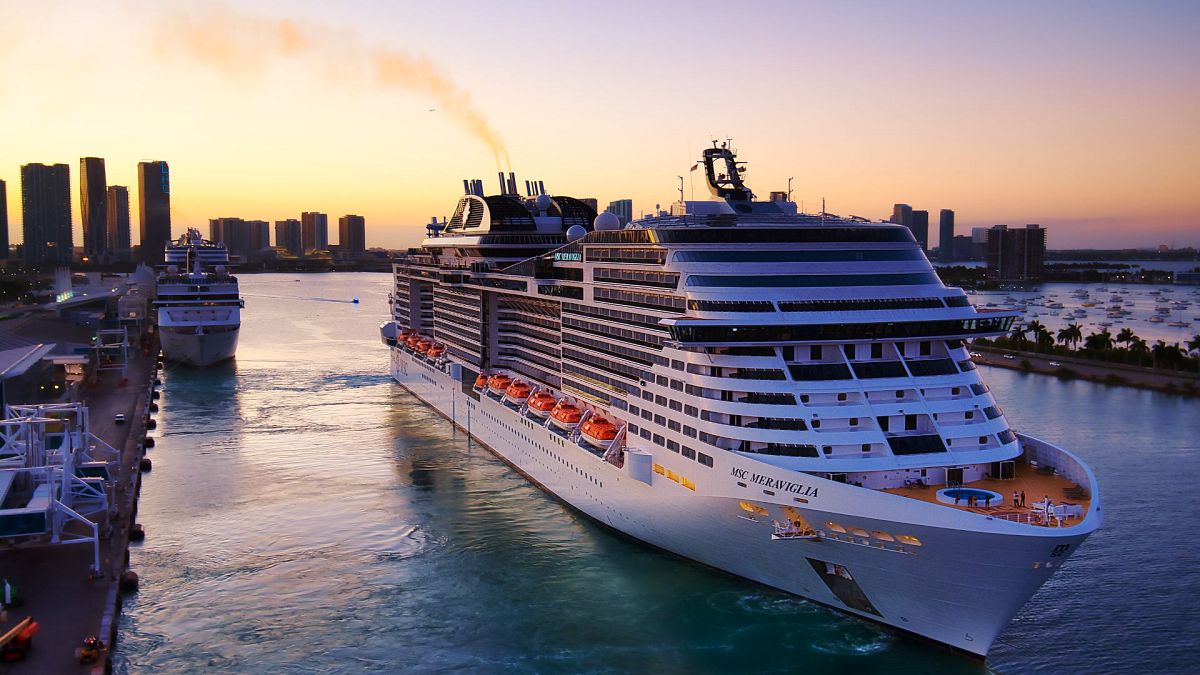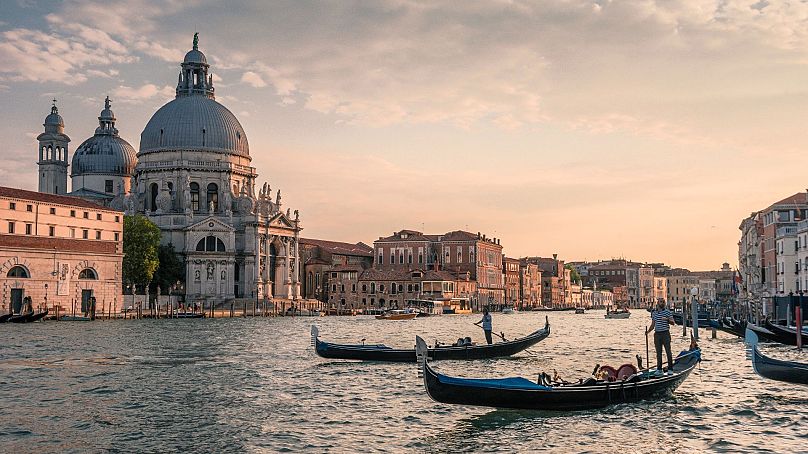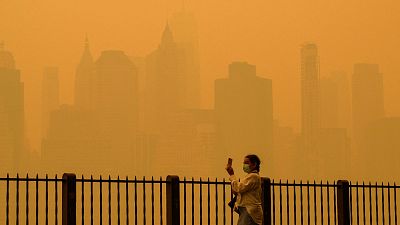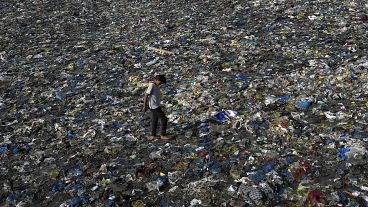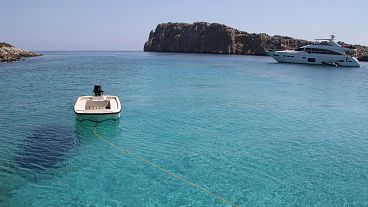Which European cities have the worst cruise ship pollution and how can we fix it?
Cruise ships in Europe pumped out more toxic sulphuric gas last year than a billion cars, a new report has revealed.
The cruise industry has repeatedly promised to mitigate its climate impacts.
But pollution from these mega vessels is getting worse, research from Transport and Environment shows.
Europe’s 218 cruise ships emitted 509 tonnes of sulphur oxides in 2022 - up from 465 tonnes in 2019.
This eye watering total surpasses the quantity produced by a billion cars, or 4.4 times more than all the cars on the continent.
Why are sulphur oxides dangerous?
Sulphur oxides can damage ecosystems and human health, triggering acid rain and worsening respiratory conditions such as asthma and emphysema.
The brief pandemic-era drop in cruise numbers is “well and truly over”, says Constance Dijkstra, co-author of the study.
“Cruising is back and tourist hotspots like Barcelona and Athens are again choking on toxic air pollution from cruise ships,” she warns.
The massive ships also spew out other toxic particulates.
Since 2019, emissions of nitrous oxides and PM2.5 particulate matter have increased by 18 per cent and 25 per cent respectively in Europe. These pollutants are linked to respiratory diseases and lung cancer.
Where are Europe’s most polluted port cities?
In terms of cruise-sourced air pollution, Barcelona was Europe’s most polluted port last year.
The city recorded 805 cruise ship port calls, with more than two million passengers disembarking in the city.
The ships caused three times as much air pollution as all of the city’s passenger cars.
The Spanish city was followed by Civitavecchia, a coastal port northwest of Rome, the Athenian port of Piraeus, Spain’s Palma Mallorca, and Lisbon in Portugal.
However, it was not just Mediterranean cities that bore the brunt of cruise ship pollution. Hamburg rose from 17th most polluted in 2019 to sixth in 2022. The UK port of Southampton rose to seventh place.
The report makes for sobering reading - but nonetheless contains some small glimmers of hope.
Venice was Europe’s most polluted cruise port in 2019, and the “poster child” of mass cruise tourism.
But pollution has plummeted since large cruise ships were banned in 2021.
Sulphur oxide levels have dropped by 80 per cent - and the city has fallen to 41st place in the pollution rankings.
How can we reduce air pollution in European cities?
Transport and Environment calls on governments to “get serious” about reducing air pollution.
They advised cities to put restrictions on larger vessels, and to limit ships from running their engines at port.
“Venice has shown that tackling cruise ship pollution is possible, but bans aren’t the only way,” says Dijkstra.
“Ports can significantly reduce pollution levels by forcing ships to plug into electricity at the port instead of running their engines, and by supporting the adoption of zero-emission fuels.”
The report calls on companies to discontinue investment in LNG-powered vessels, instead prioritising zero emission technologies like hydrogen fuel-cells, batteries and wind-power.
